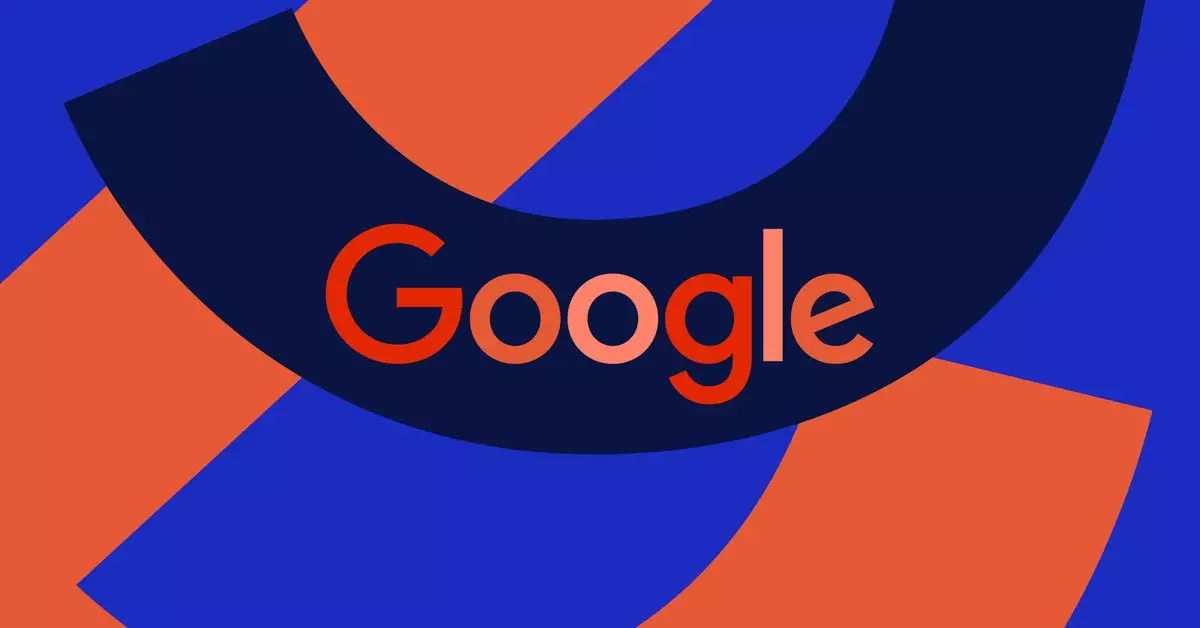Google recently introduced a groundbreaking update to its note-taking app, NotebookLM, designed for researchers, students, and information organizers. This update now allows users to upload Google Slides and web URLs as sources in addition to the previously accepted Google Docs, PDFs, and text files. The new Notebook Guide feature also enables the generation of study guides, FAQs, or briefing documents based on the sources in NotebookLM.
One of the most significant improvements in the updated NotebookLM is the ability to have inline citations pointing to up to 50 sources per project, with each source capable of accommodating 500,000 words. This is a remarkable enhancement from the previous limit of only five sources. Additionally, users can now ask questions about charts, images, and diagrams uploaded to the platform, thanks to NotebookLM running on Google’s powerful Gemini 1.5 Pro model.
Personal Testing Experience
During a hands-on session with NotebookLM’s new features, I was impressed by the functionality it offered. While the Notebook Guide feature was not available for testing, I found it easy to add new data sources, obtain inline citations, and utilize Gemini 1.5 Pro to analyze graphs. For instance, when I asked NotebookLM to extract information from a PDF containing a line graph, it efficiently provided me with the desired data. Furthermore, I requested a summary of the EU AI Act text, and NotebookLM not only delivered an overview but also included citations for transparency.
Despite the remarkable advancements, there were some limitations encountered during the demo. The functionality of adding web URL sources did not work as expected, as the model failed to display the uploaded websites in the source list. It is important to note that NotebookLM does not function as a tool to write research papers automatically. Unlike Perplexity’s Pages, which aims to assist researchers in data discovery and sharing, NotebookLM focuses on organizing and analyzing user-provided information.
Google has highlighted several examples of how NotebookLM is currently being utilized. Notable mentions include author Walter Isaacson, who used the platform to analyze Marie Curie’s journals for his upcoming book. This showcases the practical application of NotebookLM in conducting in-depth research and extracting valuable insights from various sources.
Google’s recent update to NotebookLM signifies a significant leap forward in the realm of information organization and analysis. With enhanced features, improved functionality, and real-world applications, NotebookLM stands as a valuable tool for researchers, students, and anyone seeking to streamline their information management processes.


Leave a Reply